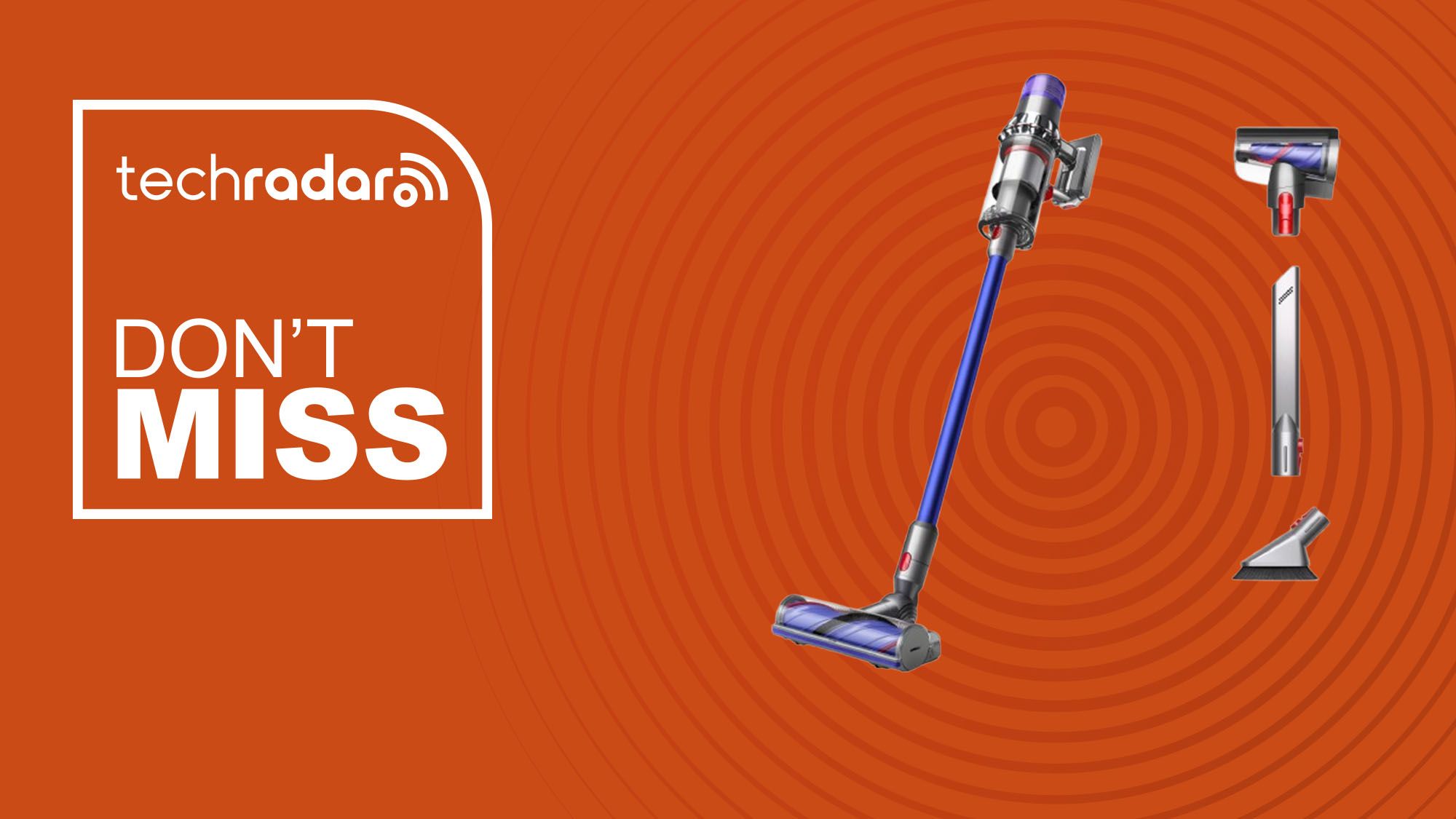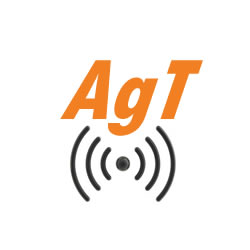The Connectivity Standards Alliance (CSA) has released Zigbee 4 and Suzi to standardise secure, interoperable, and scalable IoT connectivity.
Managing enterprise IoT has long been a balancing act: IT leaders want data visibility, but they often get stuck managing fragmented and congested networks. The CSA’s latest update, underpinned by the core R23 specification, targets these friction points by harmonising traditional device profiles with Smart Energy standards and formalising sub-GHz networking under a new brand identity.
This release signals a maturation of wireless mesh networking. The focus has drifted away from novel consumer features toward the stability, range, and security architecture required for commercial and industrial scale.
Zigbee 4 escapes the 2.4GHz jam
Congested 2.4GHz bands – packed with Wi-Fi, Bluetooth, and legacy Zigbee traffic – remain a headache for modern smart buildings. Zigbee 4 steps around this by adding support for the European 800 MHz and North American 900 MHz physical layers (PHY).
Physics favours the lower frequencies here. Signals in the sub-GHz range punch through concrete and steel more effectively than 2.4GHz, providing better coverage without requiring an excessive number of repeaters. If facilities suffer from Wi-Fi congestion or structural interference, this 800/900 MHz support offers a viable alternative for reliability.
The CSA has introduced ‘Suzi’ as the dedicated brand for this sub-GHz feature set. Suzi uses the proven Zigbee network layer but leverages long-range modulation to support outdoor living spaces and large-scale municipal networks.
Hardening the mesh
Security is often the main blocker for enterprise IoT adoption. The updated specification incorporates “comprehensive and proactive security updates aligned with evolving international security standards,” including cryptographic agility to protect networks against future threats.
For security teams, Zigbee 4 brings tools to treat sensors more like IT assets. The R23 specification uses Tag-Length-Value (TLV) structures to negotiate security parameters dynamically. This ‘Device Interview’ capability means endpoints must prove their trust level before exchanging keys. These features should likely become mandatory requirements in future RFPs for smart building hardware to prevent onboarding untrusted nodes.
The update also tackles replay attacks, a classic method for spoofing wireless locks, by defining explicit procedures for ‘Network Frame Counter’ updates. This ensures that devices rejoining the mesh after sleep cycles do not reset their security counters, closing a vulnerability often exploited in legacy systems. ‘Unique Link Key Monitoring’ further reinforces resilience, ensuring devices maintain secure connections even in complex environments.
Cutting operational drag
Installation costs often dwarf hardware spend in commercial projects. To cut this down, the standard supports batch commissioning to enable the setup of multiple devices at once. The Base Device Behavior (BDB) specification outlines network steering modes that let a commissioner broadcast beacons to multiple devices simultaneously to streamline the workflow for installers.
Technicians can now bypass the hub entirely for onboarding using ‘Zigbee Direct’. This architecture defines a Zigbee Direct Device (ZDD), such as a light bulb, which talks to a Zigbee Virtual Device (ZVD), like a smartphone. Field technicians can use standard mobile hardware to inject network keys and configuration data securely. Using batch commissioning capabilities and Zigbee Direct effectively can drive tangible operational ROI by slashing the labour hours associated with initial installation and network maintenance.
For ongoing maintenance, the ‘Trust Center Swap Out’ feature is a necessary fix. Replacing the central coordinator (Trust Center) of a Zigbee network used to be disruptive. The new tools allow for efficient replacement and prevent unauthorised network changes, giving ecosystem managers more flexibility.
Keeping the lights on (literally) with Zigbee 4
For brownfield sites, Zigbee 4 stays backward compatible with Zigbee 3 and Smart Energy devices. Enterprises with thousands of existing sensors can upgrade their network core without ripping out functioning endpoints. The ‘Device Type Library’ specification has been updated to ensure that legacy definitions, such as “On/Off Light” or “Occupancy Sensor,” map correctly to the new ZCL structures.
Battery-powered assets also get a boost. Coordinated Sample Listening (CSL) enables sleepy-to-sleepy communication. This allows for direct and low-power exchanges between devices without waking the entire mesh; extending battery life and reducing maintenance cycles.
Zigbee 4 is out now, but the certification ecosystem for Suzi won’t open until the first half of 2026. Enterprises looking to use long-range sub-GHz mesh networking should evaluate their use cases and vendor roadmaps now. Aligning long-term infrastructure upgrades with this certification window will be essential to capturing the benefits of the new ecosystem.
By harmonising disparate profiles and hardening security protocols, the CSA aims to provide the “proven foundations” needed for IoT to graduate from pilot projects to mission-critical infrastructure.
See also: Zscaler: Securing enterprise IoT, OT, and mobile systems


Want to learn more about the IoT from industry leaders? Check out IoT Tech Expo taking place in Amsterdam, California, and London. The comprehensive event is part of TechEx and is co-located with other leading technology events including the Cyber Security Expo. Click here for more information.
IoT News is powered by TechForge Media. Explore other upcoming enterprise technology events and webinars here.












